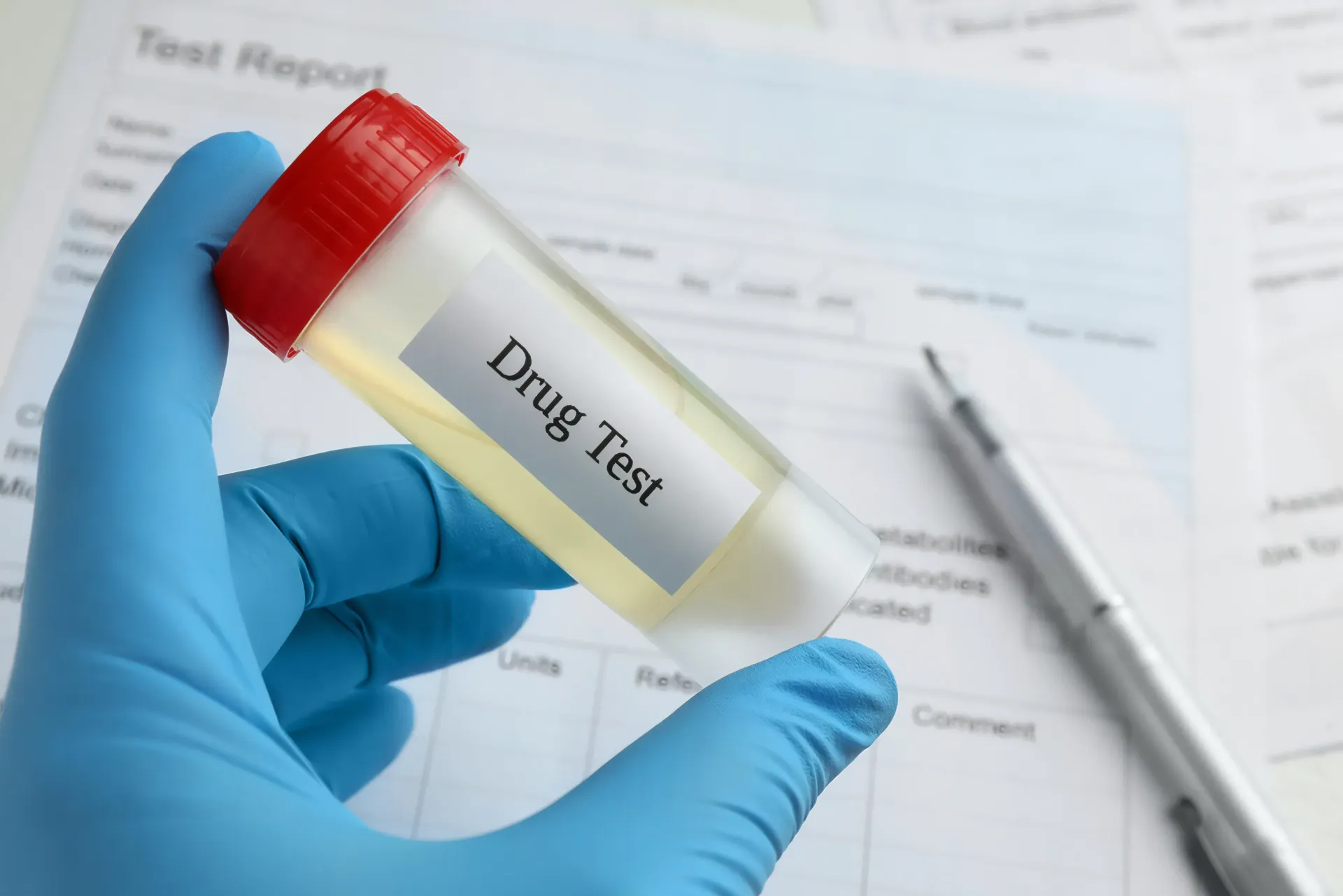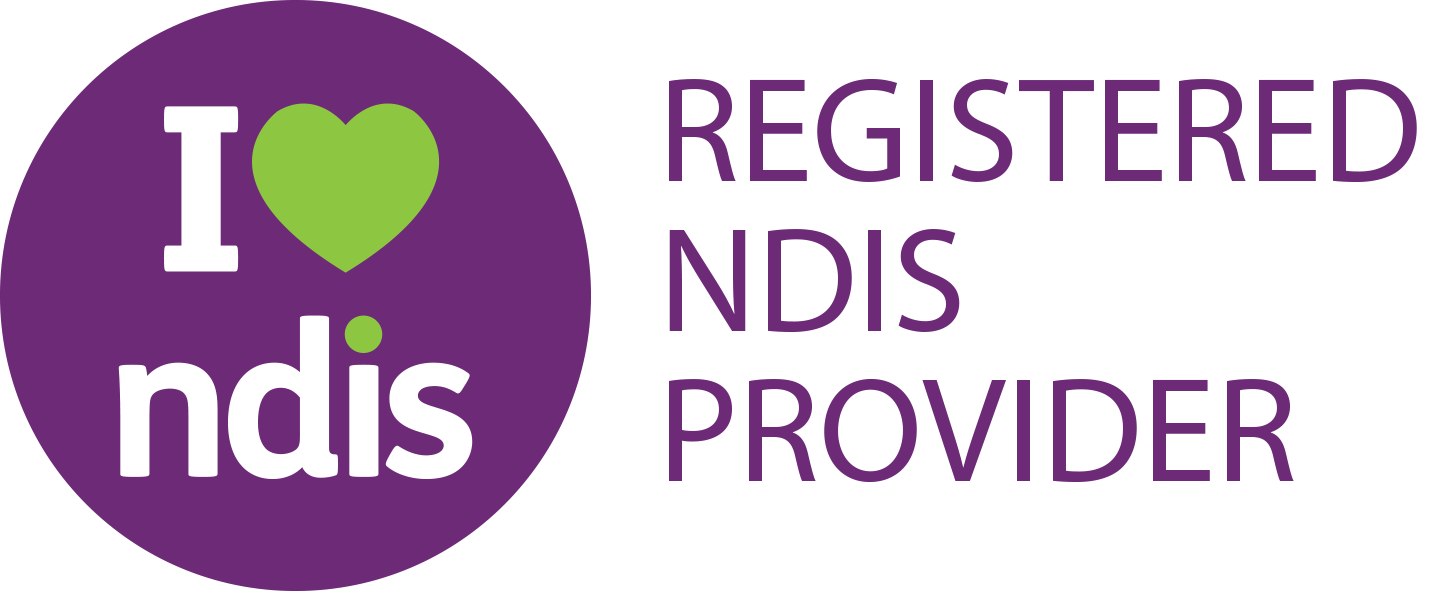Explore Our Blog
Drug Testing – Part 6: Types of Workplace Drug Tests
Advance Minds Blog
A safe space to explore subjects within the community such as mental health, substance abuse and personal identity.
Our safe space also provides the opportunity for real individuals to express their hardships and success through writing.
Workplaces use different testing methods depending on their goals, the substances being tested for, and the required accuracy.

Knowing the types of tests helps you understand what to expect and how each works.
🧪 Urine Tests
The most common form of drug testing. Urine tests can detect recent use of substances like marijuana, cocaine, opioids, and amphetamines.
• Usually detects use within the last few days to a week
• Non-invasive and widely accepted
💉 Blood Tests
Less common in workplaces, blood tests are highly accurate and typically used when precise levels are needed.
• Detects the presence and concentration of substances
• Usually indicates very recent use
💨 Breath Tests
Primarily used for alcohol detection, breath tests measure blood alcohol content (BAC) on the spot.
• Immediate results
• Common in safety-sensitive industries like transportation
💨 Saliva Tests
Saliva or oral fluid testing can detect recent drug use and is easier to administer than urine tests.
• Detects use in the past few hours to a few days
• Less invasive and often used for random testing
💊 Hair Tests
Hair tests can detect substance use over a longer period, often up to 90 days.
They provide a historical record rather than current impairment.
• Longer detection window
• Cannot detect very recent use
🌿 Final thoughts 💬
Understanding the different types of drug tests helps employees know what to expect and how testing aligns with workplace policies.
Each method has pros and cons, and knowing them allows for clarity, preparation, and informed discussions if questions arise.

















